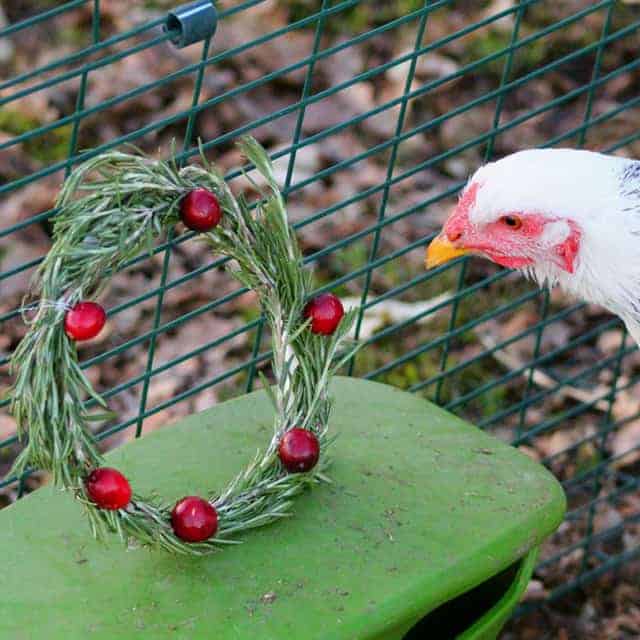Table of Contents (Quickly Jump To Information)
How can I help my pet when they are terrified of the vet?
If your pet is terrified of going to the vet, you are not alone. There are plenty of pet owners who dread every time they have to drag their pet into the vet’s office as their pet pulls back, quivers, or even becomes more aggressive when they get inside the clinic doors. On top of that you just feel guilty putting your pet through that. You probably intentionally miss necessary vet visits just to avoid having to put your pet and yourself through this agonizing process.
Rest assured, there are some things you can try that may help make the process a bit smoother and easier on both you and your pet. We’ll talk about some things you can do on your own, as well as some things you can implement working in collaboration with your veterinarian and their clinic staff.
Desensitization Techniques
It is completely normal for pets to be scared of the vet clinic. They are very good and making associations and associate the vet clinic with bad things happening to them, such as being poked with a needle, having a stranger touch them, and even being sick. Additionally, fearful pets give off fearful pheromone smells, so that other pets who come into the clinic begin their visit there uncertain and unafraid, on high alert.
Desensitization is the process of getting your pet comfortable with something they don’t like by exposing them to it in frequent, low, non-harmful doses and by pairing a lot of good stuff with it. In this case, it involves getting your pet used to everything involved in going to the vet- from the car ride to the vet’s office, to the smells and sounds of the vet’s office, to the equipment that is used during the veterinary exam.
Therefore, the first thing you can do is take your pet on car rides regularly, at random times, and to places they enjoy. This may mean taking them to a dog park, a pet store, a friend’s house, or to a drive-through to get some treats. Mix it up and do it often so they don’t think every time they get into the car they must be going to the vet.
The second thing you can do is take your pet to the vet just to hang out, without even needing anything to be done to them. Some veterinary clinics offer what we refer to as “happy visits”. These consist of scheduled times when you can bring your pet into the clinic, just for them to get used to be there without getting poked and prodded. They won’t have anything done to them and the veterinary staff will just offer your pet treats and love to help them become more calm in the environment. They may just sit and eat treats in the lobby, or they may go into an exam room and continue to get treats. They key here is slow, gradual, and making it fun and exciting.
Pheromones & Calming Tips
For some pets, such as cats and dogs, there are pheromone collars and sprays available to help relieve anxiety your pet may be feeling. “Dog Appeasing Pheromone” comes in sprays and collars, while “Feliway” for cats (https://www.feliway.com/us) comes in sprays that you can use on collars, carriers, leashes, bandanas, or blankets for your pet to breath in and feel calmer.
For cats, you can also sprinkle some catnip on a towel and put in your cat’s carrier to help them feel more at ease, and even playful.
Calming supplements, such as “Composure”, can also be helpful. They are little treats that contain anxiety-relieving ingredients, such as colostrum and theanine. You can give them to your pet to eat prior to coming into the vet and they are very safe to use. Some people have also found CBD oils that are specifically made for pets to help a little with vet-associated anxiety. Just make sure to read the label and give the appropriate dose to your individual pet. You may also want to call your vet’s office ahead of time to make sure it’s okay to give.
There is also a product called a “Thundershirt” that your pet may benefit from. It is made to fit snuggly around your pet, helping endorphins to be released into their bloodstream, calming their anxieties. It’s sort of like receiving a long, snug hug from someone. These Thundershirts can help your pet feel more calm and relaxed, easing some of the tensions of going into the clinic.
If your pet is very visual and over-reactive to all the visual stimuli within the vet clinic, they may benefit from the use of a “Calming Cap”. Calming caps are little hood-like caps you can put on your pet before you bring them in to the vet. They cover the eyes so your pet can’t see everything going on around them. It’s best to get them used to these ahead of time at home and have them wear it at other times also so they don’t only associate it with going to the vet clinic. Partnering it’s application with yummy treats is a good way to get your pet okay with having it put on.
Here is a link to more information on Calming caps and Thundershirts:
Treats, yummy yummy treats!
Don’t feed your pet before bringing them in to the vet so that they are hungry and hopefully food motivated when they get there. This can help them be more able to focus on food if the vet staff offers them food and treats, allowing them to not think about their anxieties.
Something else you can do is set aside a certain treat or food that your pet absolutely loves. Only give them this treat or food when it is time to go to the vet. This gets them to think of the vet as a good thing as they get their favorite food only when they get to go to the vet!
Medications or sedation
For some pets, no matter what you try on your own, nothing will help. And that’s okay. There are certain medications available that your veterinarian can prescribe for you to give prior to bringing your pet into the vet. These medications are safe and will wear off after a few hours. The main side effects are they may make your pet drowsy and sleep for most of the day. If they are prescribed for your cat, you may need to be cautious and keep your cat confined to a small room for the remainder of the day after your vet visit so they don’t try to go down the stairs or jump up on something, falling off.
You may also consider looking for a veterinarian who does house calls. Some pets who are terrified at the vet’s office actually do just fine if the vet is brought to them where they are at ease and comfortable, not feeling threatened. There are more and more vets of all kinds offering at-home services these days. Even if your vet’s office doesn’t have it advertised as a service, go ahead and ask your vet if they would consider doing a house call for your pet or if they know of any nearby vets who can.
Leslie Brooks graduated from the University of Tennessee College of Veterinary Medicine in 2012. After graduation she did a one-year intensive rotating clinical internship, with rotations in various specialties. She has been working in small animal clinical medicine ever since and ran her own house call practice for three years. She currently lives in Indiana with her husband, son, and cat named Callie. She spends much of her free time volunteering in the community, from Meals on Wheels to working with pets of the homeless and vulnerable. She also loves to travel and read.





